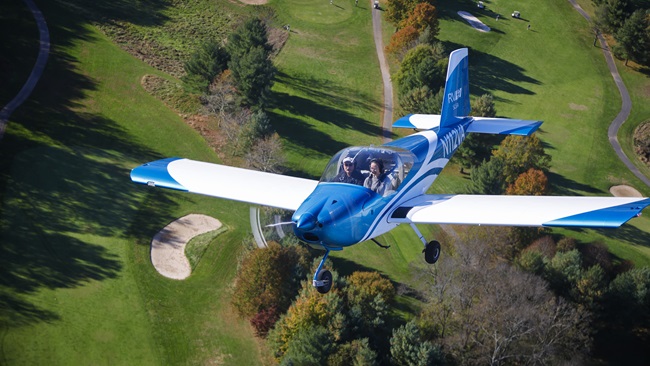BendixKing legacy repairs to be factory-driven
More than 250 in product line affected
Aircraft owners flying with legacy BendixKing communication or navigation components and the avionics shops that work on them will soon be required to send nearly all of the units to the factory for exchange or repair.
A dealer newsletter obtained by AOPA indicated a major change in operation for the radio division formed in 1937.
Nearly every piece of electronics—from autopilots to transponders—is affected by the new policy requiring factory repair.
The newsletter lists scores of items from the KMA 24 audio panel—familiar to pilots flying a fleet of legacy Beechcraft, Cessna, and Piper aircraft—to the more modern KY 97A transceiver, KLN 90B IFR GPS navigator, and KT 76C digital-display transponder.
Roger Dykmann, BendixKing vice president of marketing and product development, told AOPA that notable exceptions include the rugged and well-liked KX 155 and KX 165 nav/com units; their later-model KX 155A and KX 165A cousins; and the KI 256 flight command indicator for autopilots, but little else.
The company cited several reasons for the shift: improving customer satisfaction, providing a longer factory warranty, and alleviating an expected backlog of aircraft outfitted with Automatic Dependent Surveillance-Broadcast Out (ADS-B Out) installations as the 2020 mandatory equipage deadline approaches.
“Frankly, we have done some audits and experienced less than satisfactory repairs being done in the field,” Dykmann told AOPA. “We’ve had to scrap some units that were so bad that we could not return them to the customer.”
The newsletter explained to dealers that the repair shift also would make better use of BendixKing’s SPEX exchange program, which has been in place for years.
The hope is that an aircraft owner would visit an aircraft avionics facility so a professional could diagnose the problem, remove and send the defective avionics to the factory, and await an exchange unit. According to the newsletter, “aircraft owners [would] receive a replacement unit within a few days” and shorten an aircraft's time on the ground.
The definition of “a few days” was not made clear in the correspondence to authorized dealers, but Dykmann assured aircraft owners that the company has done its homework.
“We did a pretty extensive analysis to see what parts our dealers and repair shops were buying and we surveyed a few of our bigger volume service centers to see what, and how many units, they’d typically repair” in a given time period.
Dykmann told AOPA that the company has plenty of replacement units available for its myriad electronics lineup, which includes 259 different radio and navigational models. He said that in reality 90 pieces of gear are already in the SPEX exchange program. He compared the new exchange and flat-rate repair policy to similar programs initiated by other avionics manufacturers and well-known brands outside of aviation. Apple, for example, has a similar plan for its computer products.
BendixKing started the new repair policy with the SPEX exchange program in mind, which Dykmann said “goes way, way back” to the days when Sperry was involved with the company.
“The strategy is that SPEX will provide a buffer for repair,” he explained, “and we have adjusted our SPEX inventory to maintain an adequate number on hand.” There’s also a backup inventory in BendixKing’s logistics supply line “that we can draw from and replenish so that we service that customer in a rapid way.”
He stressed that “the overall intent is that we improve customer satisfaction and turn-around time.”
A conversation on the Beechtalk news digest lamented the coming shift in policy and was peppered with bad memories of a similar move in the 1990s by radio company Narco. One avionics technician recalled that at the time he was perplexed when an official at that radio company “more or less insinuated that I ought to be looking for other work.”
Dykmann pointed out that the new policy’s intent was not to take the bread-and-butter income away from avionics repair shops.
"Dealers still get all the bread but they might not get all the butter,” Dykmann theorized, because field avionics technicians need to diagnose, remove, and replace radio units for owners. “We realize it’s going to be a short-term pain for some folks, but in the long run we want to improve.”



